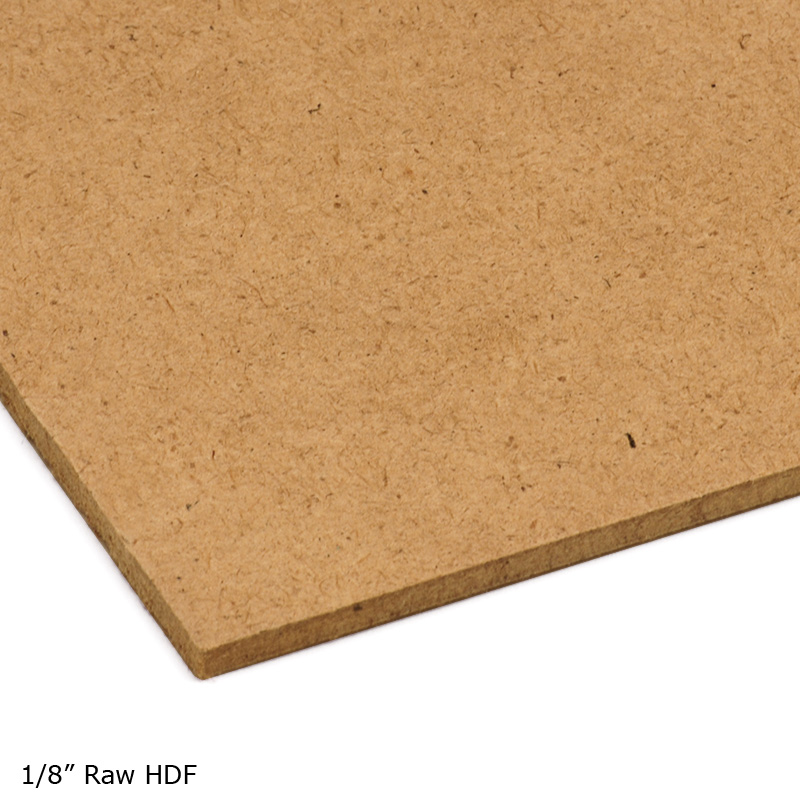

The second type of customary money is anything related to a product or a commodity and also has certain monetary value in the eyes of the public. Fiat money does not hold any intrinsic value, meaning it does not have any independent value, rather it has to depend on external authority, in this case, the government to authorize it as legal tender. The first one is fiat money, of which we all are well aware. A great example of it would be gold and silver or any other form of precious metal.Ĭustomary money on the other hand can be branched into two major types. One is the “natural money” and the other one is “customary money”.Īnything that has intrinsic monetary value can be termed natural money. Generally, two types of money are considered in Islam. Gradually, the Islamic world adopted fiat currencies and the field of Islamic finance grew its roots. With time the ratio of exchange between dinar and dirham was altered by Muslim countries, however, the Islamic Shariah principles, such as a prohibition of interest while trading and misuse of currencies in the markets to influence the price of dinar or dirham, among other aspects, were strictly upheld.ĭespite the use of dirham and dinar for a long period, Muslims had to leave them and move on to paper ( fiat) money due to:Ī) The problem of counting and exchanging silver and gold coinsī) The natural value of these coins was sometimes compromised by dishonest people. Muslims relied on dirhams and dinars to buy goods and/or services. The history of currencies in Islam has mostly been based on physical assets, such as Gold & Silver. As previously said, the quantity of gold and silver accessible altered the ratio throughout time. As a result, the relative cost of gold rose to the point where each dinar was worth 13 dirhams. However, following the conquest of Persia, Syria, and Egypt during the reign of Islam's second caliph Umar ibn Khattab (R.A), the supply of silver increased, causing its price to rise. The dinar to dirham ratio was 10:1 in the early days of Islam. In general, the demand and supply of gold and silver influenced the exchange rate of the dinar to the dirham. In the Kufic script, certain Quranic phrases, the year, and the location of the coinage were printed on both sides of dirhams and dinars. Ali (R.A) issued new coins with the name of the Islamic government inscribed on them during his reign as the fourth caliph of Islam. The Persian (Sassanid) currency, the dirham, was used both before and after the arrival of Islam in the Middle East. Even though it was the official money at the time, the government had little control over how individuals used it in their transactions due to diverse demographics, unique transaction methods, and other factors in play. The Byzantine Dinar (gold), which weighed one ‘mithqal’ (a unit of weight equivalent to roughly 5 grams), was the money used by people throughout the early Islamic era. However, the two currencies that became the most popular and widespread during the Islamic era were Dinar & Dirham. Even after the origin of Islam, people used many forms of currencies for trades in markets. Many currencies were used before the 7th century CE. Also, any item that can be swapped/traded for anything of similar worth without adding anything is considered lawful in Islamic Shariah.

Sunni faqt board top people tv#
Sheikh Assim al-Hakeem - Saudi Arabian Scholar & Islamic TV Personality

Shaykh Haitham al-Haddad - British Islamic TV Personality & Islamic Jurist Sheikh Shawki Allam - Grand Mufti Of Egypt


 0 kommentar(er)
0 kommentar(er)
